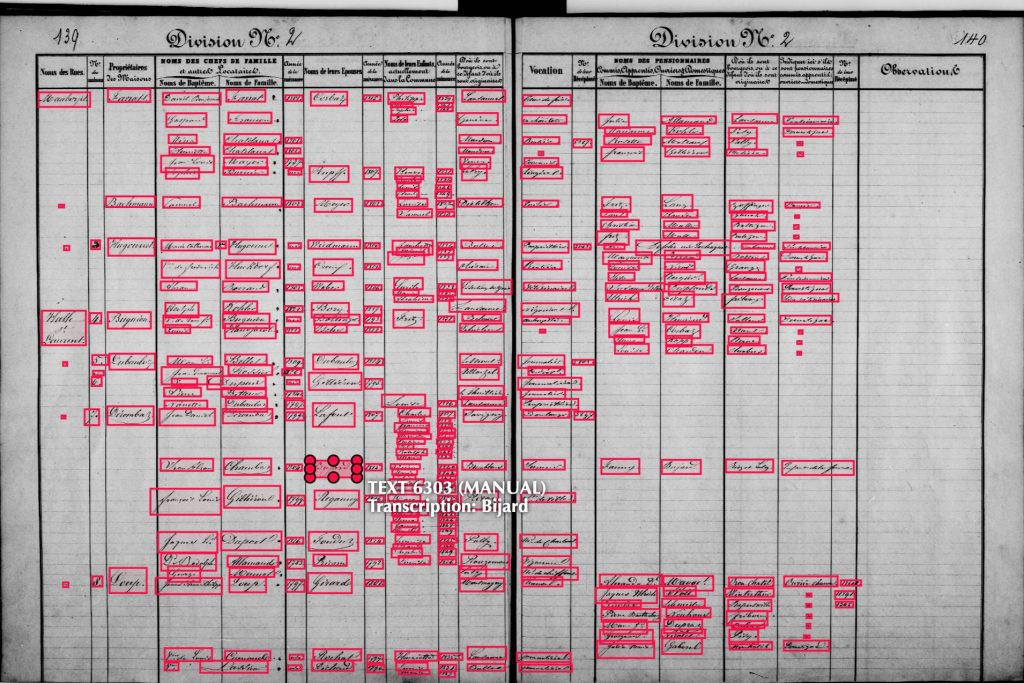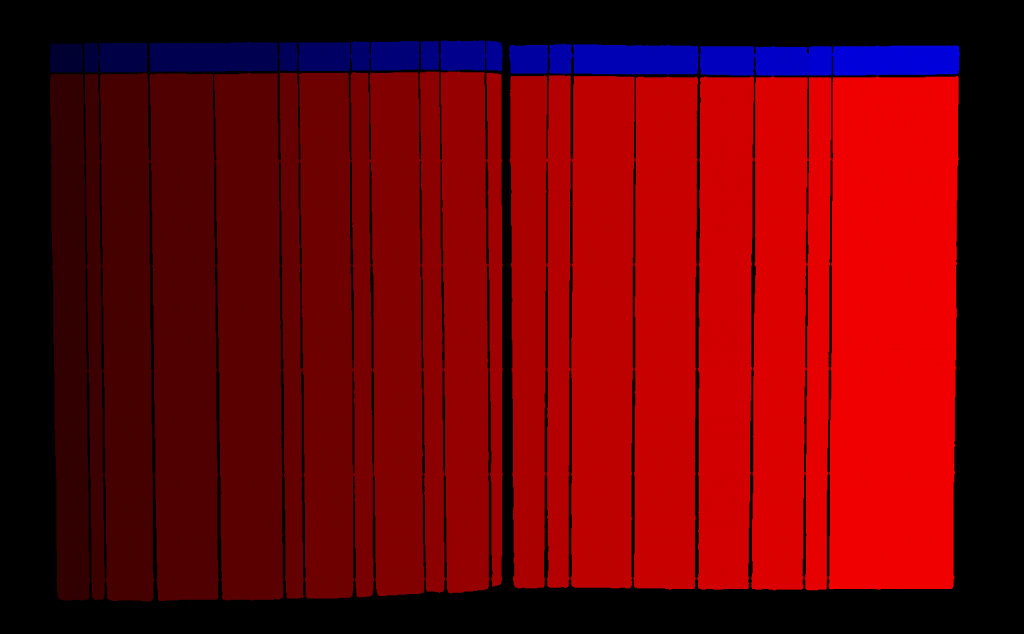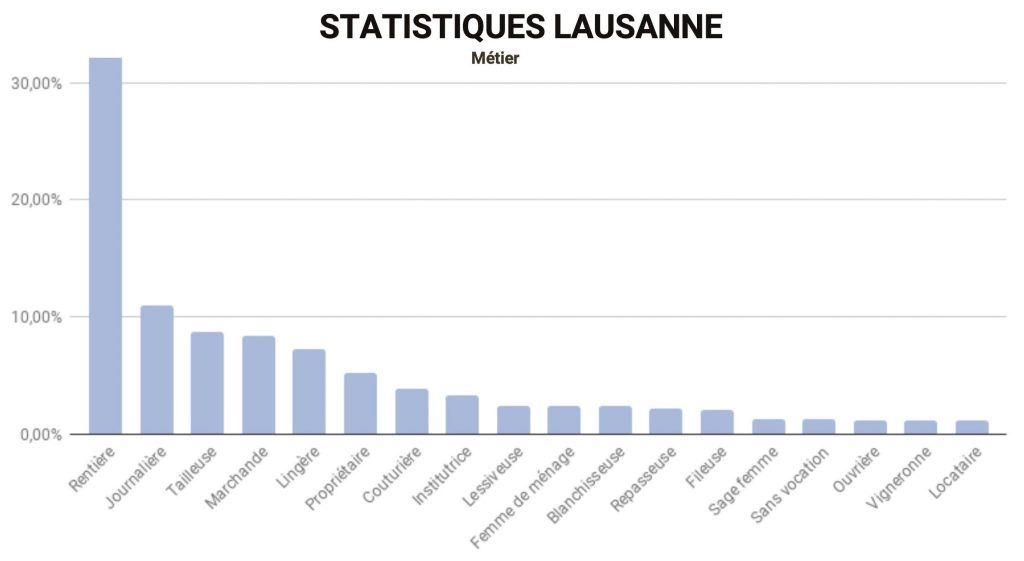
The censuses digitized by the Archives of the city of Lausanne continuously cover the evolution of the population in Lausanne throughout the 19th century, starting in 1804, with only one interruption from 1814 to 1831. Highly detailed, it is an invaluable source for studying migration, economic and social history, and traces of political influence not only from Bern, but also from France and Italy. The system of tracing family origin, specific to Switzerland, allows to follow the migratory movements of families long before the censuses appeared. The bourgeoisie is also an essential economic tracer. In addition, censuses extensively describe the organization of the social fabric into family nuclei, around which gravitate various boarders, workers, servants or apprentices, often living in the same apartment with the family.
The structure and richness of censuses have also provided an opportunity to develop automatic methods for processing structured documents. The processing of censuses includes several steps, from the identification of text segments to the restructuring of information on an excel spreadsheet, through Optical Character Recognition and the automatic segmentation of the structure by neural networks. The information obtained is also cleaned automatically by cross-referencing with specific and reliable dictionaries.
The processing started in 1832 and we are gradually extending it to the whole 19th century. Several studies will be carried out on the data, including a large-scale study on matrimonial alliances, which will go beyond Lausanne to include the rural parishes of Lavaux in a comparison between town and countryside. On the other hand, a group of students will develop throughout the year a project in social and economic history.


On the other hand, a group of EPFL students has developed throughout the academic year 2020-2021 a social and economic history project, focusing on the condition of women heads of household in Lausanne in 1832. An interactive map allows anyone to visualize their data and to discover the situation of these atypical households.
